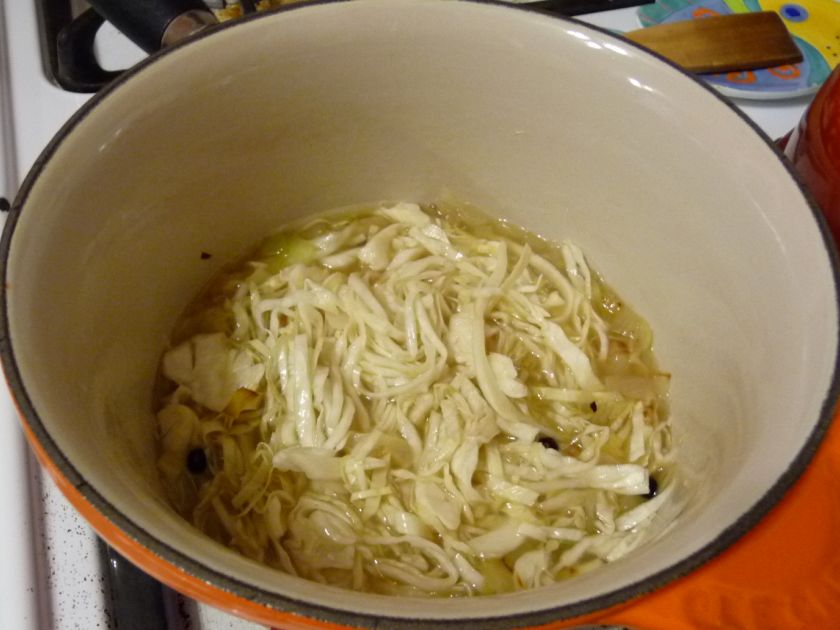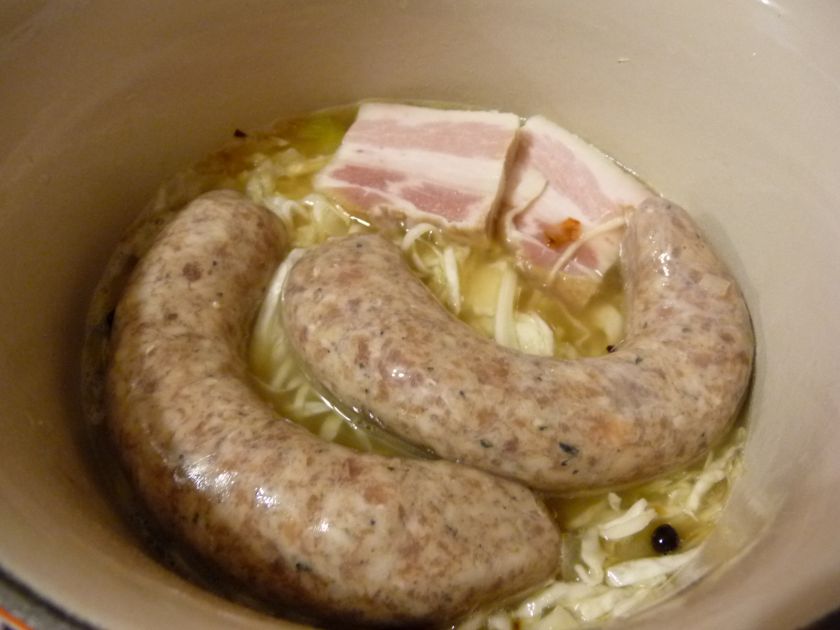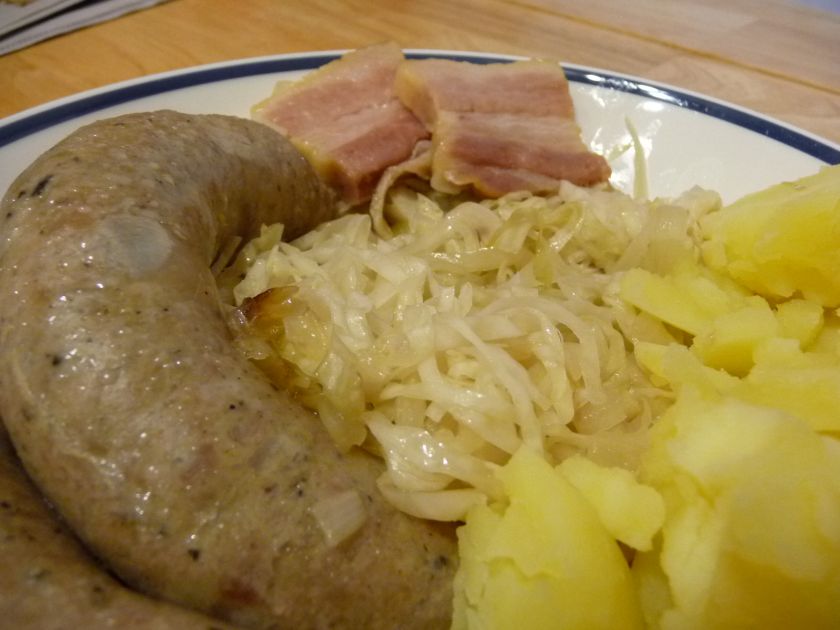Choucroute garnie for one

I continue to be amazed by the utter transformation that salt, water and time (and our microscopic friends known as lactic acid bacteria) can have on vegetables.
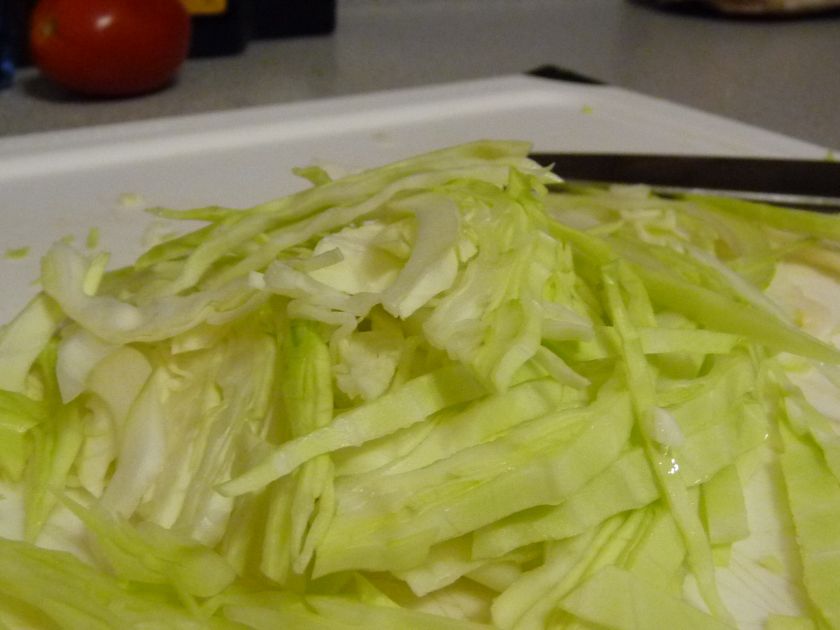

Making sauerkraut at home is easy: just thinly slice a cabbage, submerge it completely in a 5% brine - and I do mean completely; cover it with cheesecloth and weight the whole thing down with a plate, otherwise you'll get nasty mold - and leave it in a cool place for a few weeks.
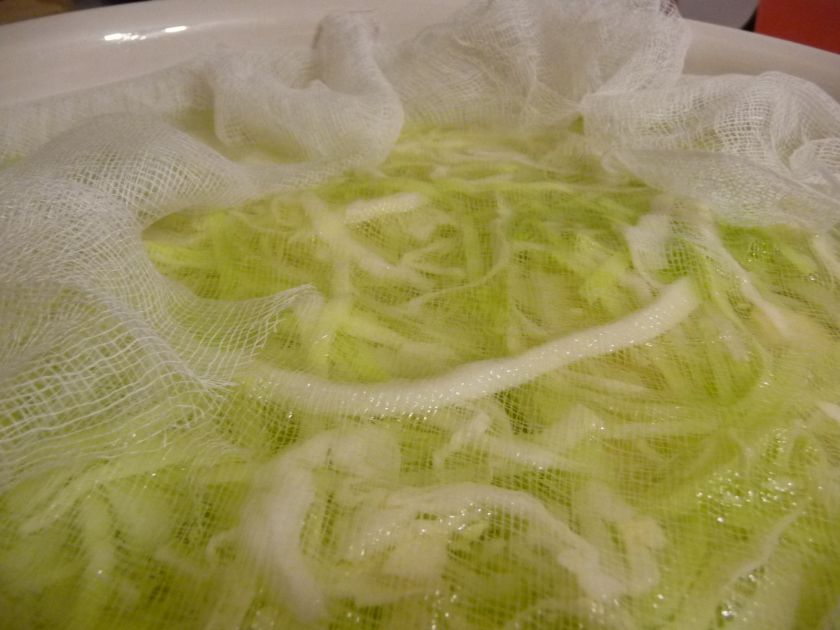

Once it's ready, drain it and boil the brine. Cool the boiled brine and pour it back over the cabbage. Store it in the refrigerator. Making sauerkraut is easy; finding enough room in the fridge is hard.
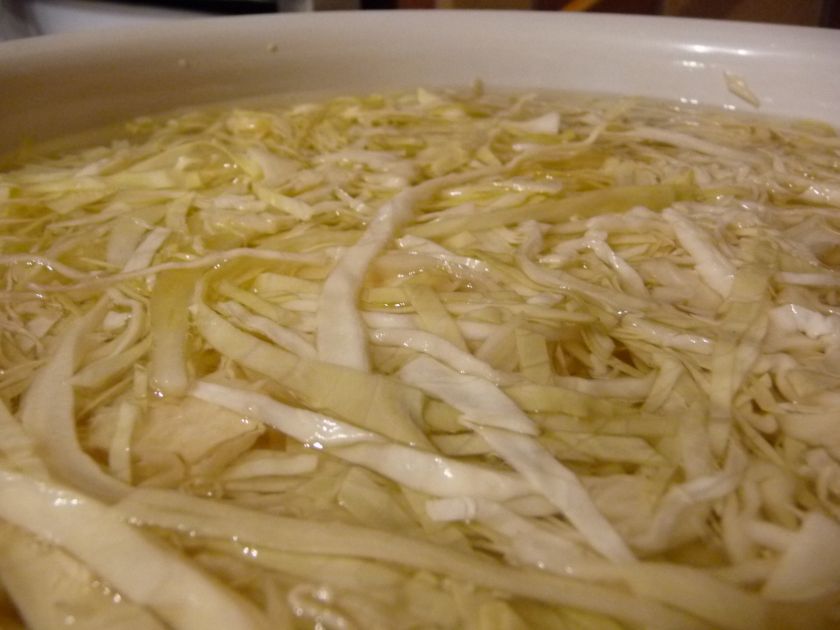

Making sauerkraut is easy, finding people who are willing to eat it can be hard. How did sauerkraut get such a bad reputation? If you, like me, are the only person you know of who enjoys eating sauerkraut, don't let that stop you from making it. Once it's ready, sauté a diced onion and minced garlic clove in some duck fat or bacon fat and add some sauerkraut, a 50/50 mix of brine and chicken stock just to cover, and some spices: juniper berries, coriander and bay leaves are all good. Nestle a sausage or two into the sauerkraut bed, along with two thick pieces of home-cured, unsmoked bacon. Bring to a simmer, then braise in the oven at 300F for 30 minutes. (If you like your sauerkraut softer, braise it for longer on its own, then add the meats about 20-30 minutes before serving.) Serve with boiled potatoes and sharp mustard.
